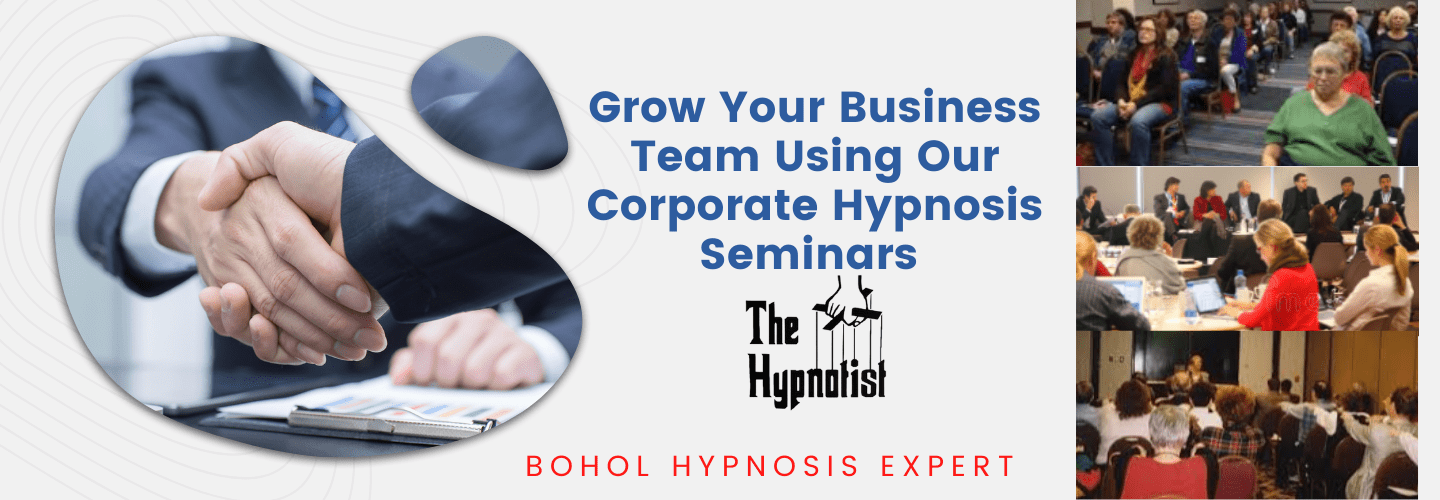
Hypnosis provides a profound tool for conquering the fear of new places by accessing and modifying subconscious fears. It allows individuals to identify and reframe their anxieties, paving the way for enhanced emotional resilience and confidence in novel environments. Combining techniques like EFT and NLP further empowers people to transform their fear into a learning and growth opportunity. For those seeking to manage this anxiety more effectively, exploring hypnosis offers an insightful pathway to a more adventurous life.
Key Takeaways
- Hypnosis accesses the subconscious to address and heal the root causes of fear related to new places.
- Reprogramming negative thought patterns through hypnosis promotes positive associations with unfamiliar environments.
- Enhancing emotional resilience using hypnosis helps individuals adapt more effectively to new situations.
- Deep relaxation techniques in hypnosis can increase confidence and reduce anxiety when encountering new places.
- Hypnosis combined with visualization techniques allows for mental rehearsal and successful adaptation to new environments.
Understanding the Roots of Fear and Phobia
Understanding the origins of fear and phobia is essential in addressing the anxiety that accompanies entering new environments.
Fear triggers and phobia origins are diverse, often rooted in a complex interplay of genetics, brain chemistry, and life experiences. Traumatic events can profoundly establish phobias, while observing others' fears can also influence one's own fears.
Recognizing these triggers allows individuals to approach their fears with greater empathy and understanding, paving the way for effective coping strategies.
Hypnosis: A Gateway to the Subconscious
Exploring the subconscious mind through hypnosis offers a powerful pathway for individuals grappling with the fear of new places. This technique facilitates deep mental relaxation and subconscious exploration, enabling a profound understanding of underlying anxieties.
Here's how hypnosis serves as a transformative tool:
- Accessing Hidden Memories: Uncover and address past experiences influencing current fears.
- Reprogramming Thoughts: Alter negative thought patterns associated with new environments.
- Enhancing Emotional Resilience: Build stronger coping mechanisms through positive suggestions.
- Promoting Deep Relaxation: Achieve a state of calm that supports overall well-being and confidence in facing unfamiliar situations.
Combining Hypnosis With EFT for Enhanced Results

Building on the foundation provided by hypnosis, combining this method with Emotional Freedom Techniques (EFT) can further enhance the therapeutic outcomes for individuals facing fears of new places.
Hypnosis benefits include accessing the subconscious mind to uncover and address the root causes of fear. By integrating EFT techniques, which involve tapping on specific meridian points, this combination supports the release of emotional blockages, promoting stress management and emotional healing.
This approach empowers individuals to manage their anxiety more effectively, creating a supportive and holistic recovery environment that fosters personal growth and confidence in confronting unfamiliar environments.
NLP Techniques to Rewire Your Brain
Many individuals grappling with the fear of new places find Neuro-Linguistic Programming (NLP) to be a transformative tool.
NLP offers techniques that facilitate belief transformation and rewire neural pathways, fostering a calmer and more confident approach to unfamiliar environments.
Here are key strategies:
- Reframing: Changing the perspective of fear into an opportunity for growth.
- Anchoring: Establishing positive triggers that evoke feelings of safety.
- Visualization: Mentally rehearsing successful interactions in new places.
- Belief Transformation: Challenging and replacing negative beliefs with empowering ones.
These techniques encourage a resilient mindset, essential for embracing new experiences.
Practical Exercises for Overcoming Fear

Addressing the fear of new places starts with incorporating practical exercises that empower individuals to manage their anxieties effectively.
Practical visualization is a potent tool, allowing one to mentally rehearse visits to new locations, which can reduce the intensity of anxiety when actually visiting these places.
Similarly, grounding techniques, such as focusing on the sensation of one's feet against the ground or deeply inhaling fresh air, provide immediate relief from overwhelming feelings.
These exercises are designed to establish a sense of control and familiarity, gradually desensitizing the individual to the anxieties typically associated with new environments.
Harnessing the Adventure Mindset
Embracing an adventure mindset can greatly alleviate the anxiety associated with exploring new places.
Adventure planning and mindset shifts are essential in transforming apprehension into excitement. Consider these steps to cultivate this perspective:
- Acknowledge Fears: Recognize and accept your fears as the first step to overcoming them.
- Set Realistic Goals: Start with manageable challenges and gradually expand your comfort zone.
- Visualize Success: Regularly imagine yourself enjoying and successfully traversing new environments.
- Celebrate Achievements: Reflect on and celebrate the progress made, no matter how small, to reinforce positive experiences.
This approach helps reframe anxiety into a gateway for growth and discovery.
Seeking Professional Help: What to Look For

When considering professional assistance to conquer a fear of new places, it's essential to guarantee that the chosen practitioner is not only certified but also well-experienced in the relevant therapies.
Seek out certified practitioners skilled in hypnosis, EFT, and NLP. These credentials assure they possess the proper training and adhere to professional standards.
Additionally, patient testimonials can offer insight into the effectiveness of their methods and the level of comfort and support provided.
Evaluating these aspects will help you choose a professional who can tailor their approach to your unique needs, fostering a safe and supportive environment for overcoming your phobia.
Frequently Asked Questions
How Long Does a Typical Hypnosis Session Last?
A typical hypnosis session lasts between 60 to 90 minutes. This duration allows for sufficient time to achieve deep relaxation and address core issues, enhancing session effectiveness in promoting lasting change and emotional well-being.
Can Children Undergo Hypnosis for Fear of New Places?
Yes, child hypnosis is viable for overcoming fear of new places. Known for its gentle approach, it equips children with coping skills, ensuring they don't just survive but thrive in unfamiliar environments.
Are There Any Age Restrictions for Using EFT and NLP?
There are no strict age restrictions for using EFT and NLP; their suitability and effectiveness can vary depending on individual circumstances. These techniques are generally considered safe and adaptable for various age groups.
What Happens if I Don't Respond to Hypnosis?
If hypnosis doesn't affect someone, alternative therapies may be needed. Hypnosis's effectiveness varies as it depends on the individual's receptivity to accessing the subconscious mind. Exploring other methods can still achieve desired therapeutic outcomes.
Can Hypnosis Cause Dependency or Addiction?
Hypnosis effects generally do not lead to dependency or addiction. Professionals guarantee it's a safe, controlled process focused on therapeutic benefits, addressing dependency concerns with careful practice and clear boundaries in treatment sessions.
Conclusion
As serendipity would have it, the very day you commence your journey with hypnosis and its complementary techniques, you might find yourself more equipped than ever to embrace new horizons. This blend of psychological strategies promises not just travels to new locales but a transformative inner journey. With professional guidance, a commitment to practice, and an open heart, the world's vastness becomes a canvas of opportunities rather than a map of fears. Embrace this journey, and let your spirit soar.





